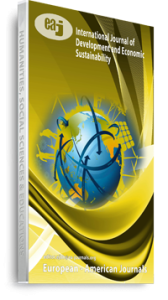The rise of knowledge economies and the Trade Related Intellectual Property Rights Agreement (TRIPs) move the IPR question to the core of nation’s industrial policy. In this paper we investigate the determinants of Intellectual Property Rights policy in low income developing countries and compare them to those of middle income ones. We assess whether absorption capacities, the economic freedom, the human capital and the level of economic development matters in determining the intellectual property policy. We find that the levels of economic development as well as the capacity of technology absorption, the TRIPs agreement and the economic freedom are the main variables explaining the level of the Intellectual property protection. Thus our main result concerns the importance of absorptive capacity for developing countries in building their technology base. We stress that without well-developed technological capacities any country would not be incited to protect effectively the property rights. This is due to the high enforcement costs and administration as well as the weak level of innovation and hence patent request. The policy implication of this finding is that prior to any agreement concerning property rights two factors are essential: well-developed technological basis as well as absorptive capacities. These two factors contribute to generating small and incremental innovation and creating a demand for protection that could outweigh the management costs of IP. Thus, the developed countries should operate on the factor affecting the intellectual property through technology transfer regime rather than on the level of protection itself through international agreements
Keywords: Absorptive capacity, Economic Development, Intellectual Property Rights, technological innovation

